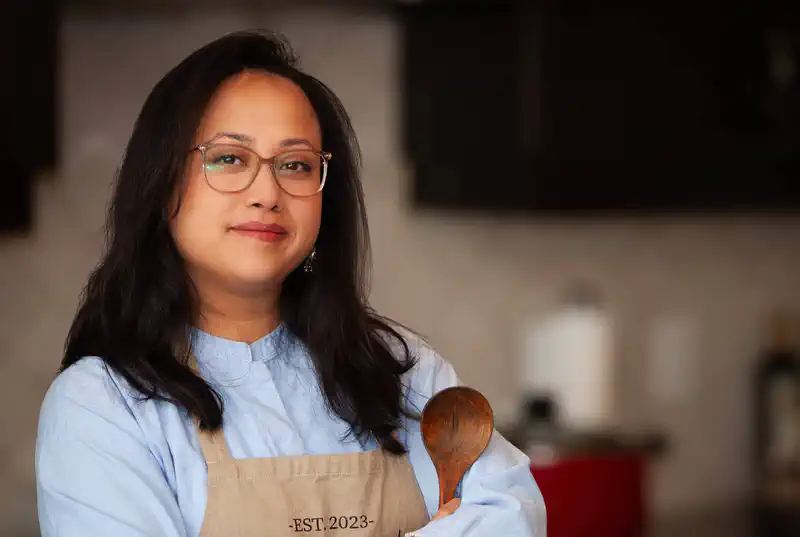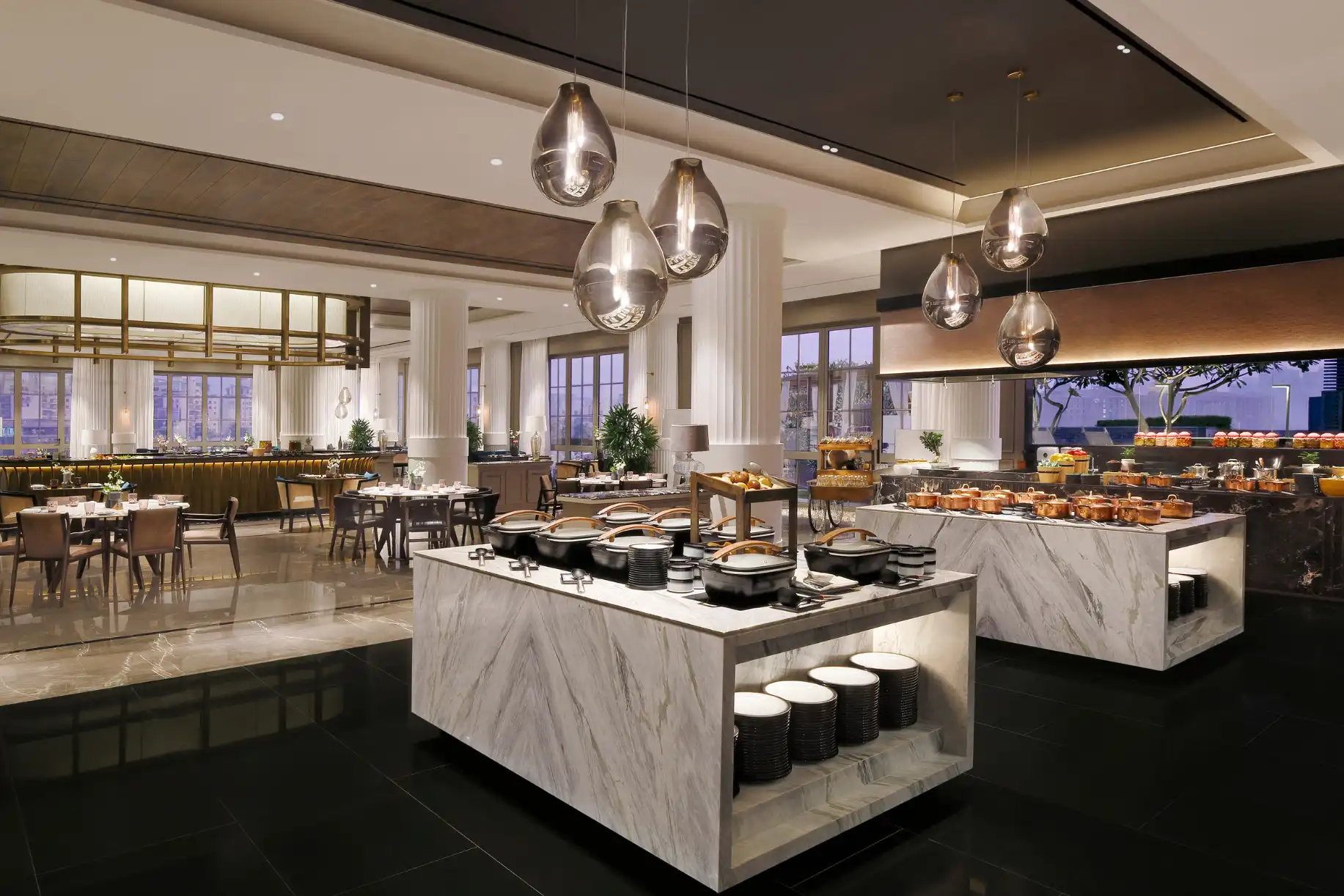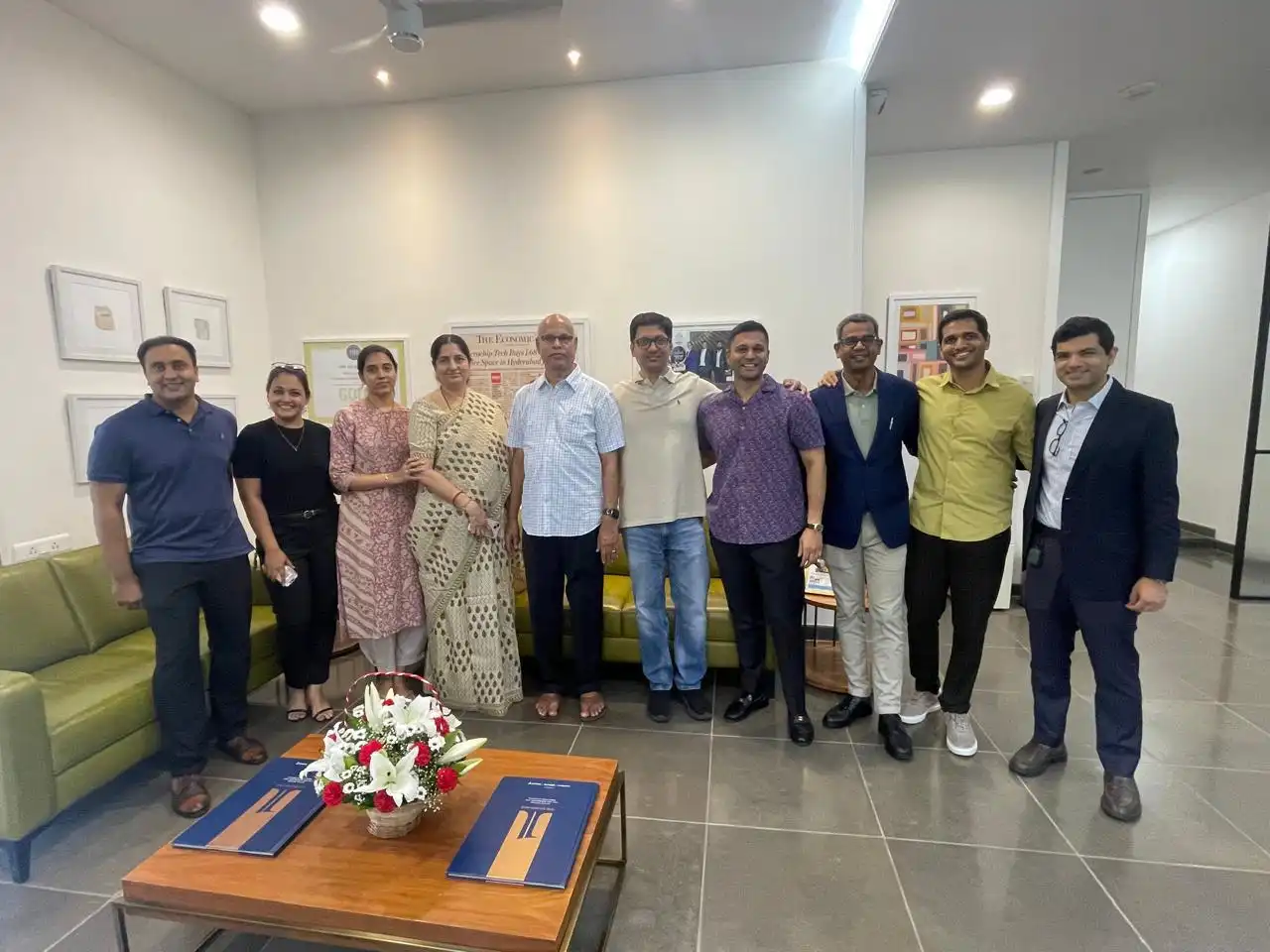With a passion for cooking deeply rooted in her upbringing and a desire to share the vibrant culinary heritage of Bangladesh, Shuraya opens her kitchen to eager learners, inviting them to explore the wonders of Desi cuisine. In this exclusive interview, Shuraya shares insights into her culinary journey, her approach to teaching, and the significance of preserving and promoting Bengali cuisine. From dispelling common misconceptions to celebrating the unique flavors and techniques that define Desi cooking, Shuraya’s expertise illuminates the culinary landscape, one delectable dish at a time.

What inspired you to become a culinary instructor?
The joy of cooking and welcoming guests is something I’m truly passionate about. In my community, there are many curry enthusiasts, making it an ideal occasion to come together, explore the wonders of Bangladeshi cuisine, and savour a delightful feast.

Can you share some background about your journey into the culinary world?
I believe my journey into the culinary world started when I was 14 years old, when my late father made me try freshly ground beef to check for its freshness. He opened his first ethnic grocery store in Toronto back in the early 2000s, and being constantly surrounded by diverse ingredients and spices fuelled my curiosity in food. My mom always prepared mouthwatering Bengali dishes, and even though I wasn’t the one cooking, I would spend countless hours watching the Food Network TV channel.
What do you enjoy most about teaching cooking classes at home?
Teaching at home allows me to create a cozy and intimate setting for my lessons. It creates a more engaging and fulfilling experience for both the students and myself as the instructor. Plus, being able to share my passion for cooking and seeing others develop their culinary knowledge and confidence is truly rewarding.

What are some common misconceptions people have about Bengali cuisine, and how do you address them in your classes?
Some common misconceptions about curries/Bengali cuisine are that it is all spicy, oily, heavy, and lacks freshness. In my lessons, I tackle these misunderstandings by showing them how they can create homemade pastes with a variety of flavours and meals in the cuisine, emphasising the harmony of spices, and promoting the use of fresh ingredients to make lighter and healthier twists on classic dishes.
Highlight some key ingredients or techniques unique to desi cooking that students often find intriguing or challenging?
Some key ingredients in curry cooking that students may find intriguing include spices like garam masala, turmeric, and cumin. Techniques like tempering spices in hot oil, marinating meats in yogurt and spices, and slow-cooking stews or curries are also common in our native cuisine and may be challenging for beginners to master. Overall, the bold flavours and complex layering of spices in our cooking often make it an exciting and rewarding culinary experience to explore.

How do you ensure that your cooking classes cater to students with varying levels of experience in the kitchen?
As my cooking classes are designed to be more of a demonstration, with less emphasis on hands-on practice, I always encourage my students to volunteer and actively participate in the preparation and cooking process.
What are some of the most popular dishes or cooking styles you teach in your Bengali cooking sessions?
The most popular cooking styles I teach are the tempering process with garlic and chilies, making different types of bhortas (mashed vegetables/fish) and incorporating mustard oil in dishes to capture the authentic flavours of Bengali cuisine.

Share a memorable moment or success story from one of your cooking classes?
One memorable moment from a cooking class was when a student who had never cooked curry before successfully made a complicated dish from scratch. The look of pride on their face when they realised they had created something delicious for their family was incredibly rewarding.
How do you incorporate elements of cultural heritage and tradition into your cooking sessions?
I bring a touch of cultural heritage and tradition to my cooking sessions by using authentic spices, vegetables, and rice that are commonly found in Bangladesh. I frequently talk about the importance of the meals we make to help my guests understand the cultural significance of the food we serve. By exploring these cultural elements, cooking sessions can become not only a culinary experience but also a way to celebrate and preserve tradition.

What makes Bengali cuisine stand out in the culinary world, and why do you think it’s important to preserve and promote it?
Bengali cuisine stands out in the culinary world due to its diverse use of spices, unique cooking techniques, and emphasis on fresh seasonal ingredients. Our cuisine’s use of mustard oil and flavourful fish dishes showcase the rich culinary heritage of Bangladesh. Bengali cuisine is one of the most underrated cuisines, and by promoting it, we can raise awareness and appreciation for the region’s culinary treasures on a global scale.
Upcoming event:
What: Learn the basics of curry by Shuraya
Where: SE, Calgary
When: May 5, 4pm-7pm (MDT)





